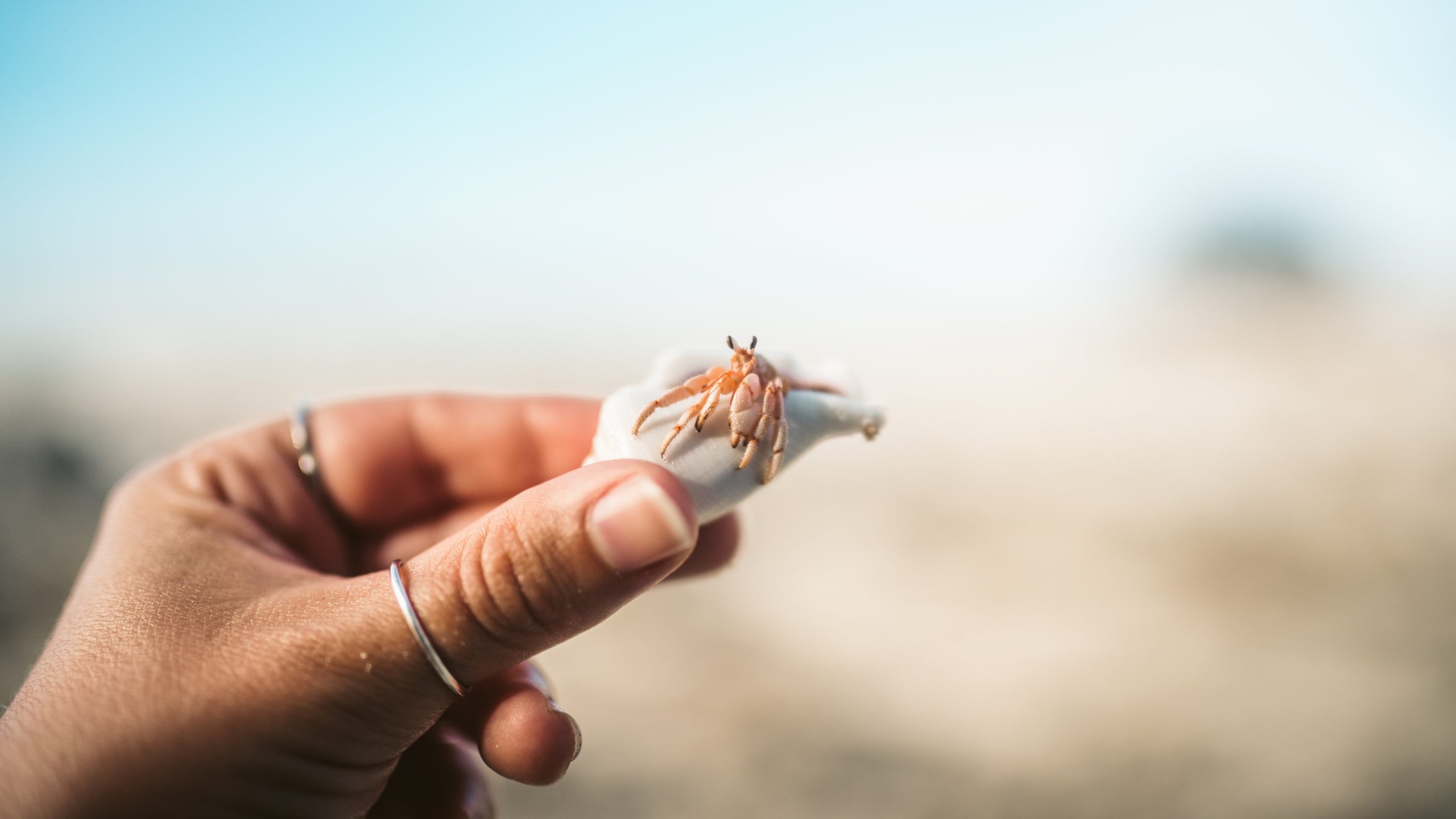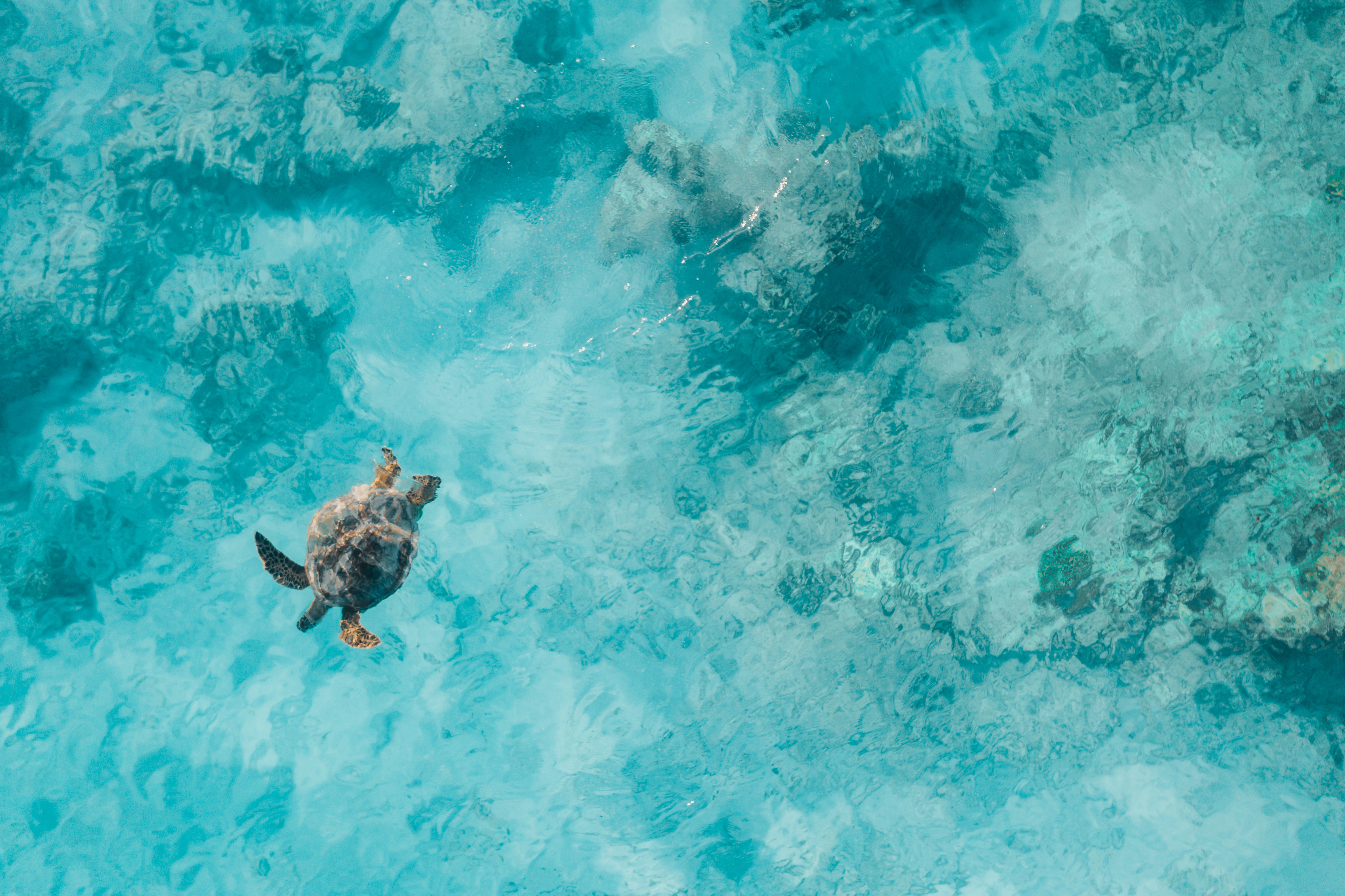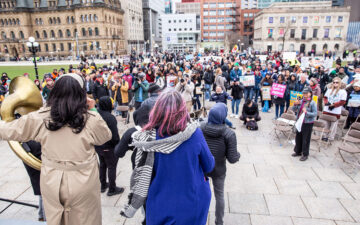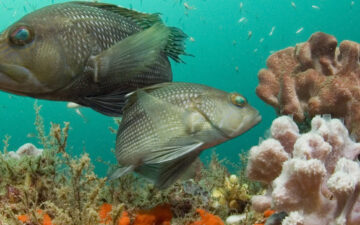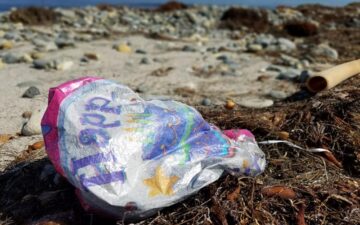COVID-19 has posed unprecedented challenges across the globe. Ocean science, for example, has drastically evolved in response to these uncertainties. The pandemic temporarily halted collaborative research projects in the lab and the servicing of long-term monitoring instruments deployed offshore. But regular travel to conferences that would normally garner diverse ideas and novel research remains tenuous.
This year’s Ocean Sciences Meeting 2022 (OSM), held virtually from February 24 to March 4, was themed “Come Together and Connect”. This sentiment was especially important to The Ocean Foundation. Now two years out from the start of the pandemic, we were so grateful and excited to have a multitude of programs and partners involved at OSM 2022. Together we shared the strong progress made through ongoing support, Zoom calls across the globe that almost inevitably required early mornings and late nights for some, and camaraderie as we all dealt with unanticipated struggles. Across the five days of scientific sessions, TOF led or supported four presentations that stemmed from our International Ocean Acidification Initiative and EquiSea.
Some Ocean Sciences Meeting Equity Barriers
On the issue of equity, there continues to be room for improvements in virtual conferences such as OSM. While the pandemic has advanced our abilities to remotely connect and share scientific efforts, not everyone has the same level of access. The excitement of stepping into the bustle of a conference center each morning and afternoon coffee breaks can help sweep jet lag aside during in-person conferences. But navigating early or late talks while working from home poses a different set of challenges.
For a conference originally planned for Honolulu, beginning the daily live sessions at 4 a.m. HST (or even earlier for those presenting or participating from the Pacific Islands) demonstrated that this international conference did not retain this geographical focus when it became fully virtual. In the future, the timezones of all presenters may be factored in when scheduling live sessions to find the most amenable slots while maintaining access to recorded talks and adding in features to facilitate asynchronous discussion between presenters and viewers.
Additionally, the high registration costs presented a barrier for truly global participation. OSM did generously provide free registration for those from low- or lower-middle-income countries as defined by the World Bank, but lack of a tiered system for other countries meant that professionals from a country with as little as $4,096 USD in Gross Net Income per capita would have to meet the $525 member registration fee. While TOF was able to support some of its partners to facilitate their participation, researchers without connections to international support or conservation nonprofits should still have the opportunity to join and contribute to the important scientific spaces that conferences create.
Our pCO2 to Go Sensor’s Debut
Excitingly, the Ocean Sciences Meeting was also the first time we’ve showcased our new low-cost, handheld pCO2 sensor. This new analyzer was born out of a challenge from IOAI Program Officer Alexis Valauri-Orton to Dr. Burke Hales. With his expertise and our drive to create a more accessible tool to measure ocean chemistry, together we developed the pCO2 to Go, a sensor system that fits in the palm of a hand and provides readouts of the amount of dissolved carbon dioxide in seawater (pCO2). We’re continuing to test the pCO2 to Go with partners at the Alutiiq Pride Marine Institute to ensure hatcheries can easily use it to monitor and adjust their seawater – to keep young shellfish alive and growing. At OSM, we highlighted its use in coastal environments to take high-quality measurements in just a few minutes.
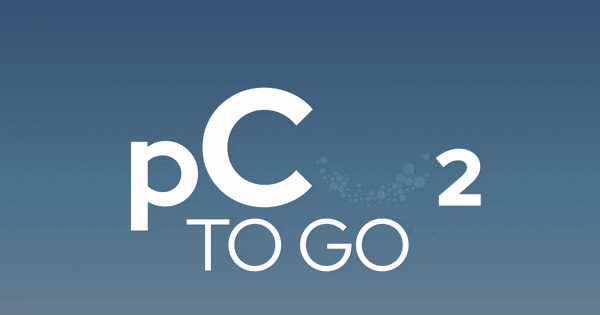
The pCO2 to Go to go is a valuable tool for studying small spatial scales with high accuracy. But, the challenge of changing ocean conditions also requires larger geographic attention. As the conference was originally to be held in Hawai’i, large ocean states were a central focus of the meeting. Dr. Venkatesan Ramasamy organized a session on “Ocean Observation for the Small Island Developing States (SIDS)” where TOF partner Dr. Katy Soapi presented on behalf of our project to increase ocean acidification observation capacity in the Pacific Islands.
Dr. Soapi, who is the Coordinator for Pacific Community Centre for Ocean Science, leads the Pacific Islands Ocean Acidification Centre (PIOAC) that TOF initialized as part of this collaboration among numerous partners* with support from NOAA. Dr. Soapi’s presentation focused on this model of building capacity for ocean observations. We will accomplish this model through a confluence of online and in-person training; equipment provision; and support for PIOAC to provide instruments for training, a spare parts inventory, and additional educational opportunities for those throughout the region. While we’ve tailored this approach for ocean acidification, it can be applied to enhance ocean-climate research, early hazard warning systems, and other areas of critical observation needs.
*Our Partners: The Ocean Foundation, in partnership with the Ocean Teacher Global Academy, National Oceanic and Atmospheric Administration (NOAA), The Pacific Community, the University of the South Pacific, the University of Otago, the National Institute of Water and Atmospheric Research, the Pacific Islands Ocean Acidification Centre (PIOAC), with expertise from the Intergovernmental Oceanographic Commission of UNESCO and the University of Hawaii, and with the support of the US Department of State and NOAA.
Dr. Edem Mahu and BIOTTA
In addition to the excellent science shared at the Ocean Sciences Meeting, education also became a prominent theme. Practitioners came together for a session on remote science and educational opportunities, to share their work and expand remote learning during the pandemic. Dr. Edem Mahu, a lecturer of Marine Geochemistry at the University of Ghana and lead of the Building Capacity in Ocean Acidification Monitoring in the Gulf of Guinea (BIOTTA) project, presented our model of remote training for ocean acidification. TOF is supporting multiple BIOTTA activities. These include initializing an online training that builds upon the IOC’s OceanTeacher Global Academy’s new ocean acidification course by layering on live sessions tailored to the Gulf of Guinea, providing additional support for French speakers, and facilitating real-time dialogue with OA experts. Preparations for this training are in progress and will build from the online training TOF is currently organizing for the Pacific Islands project.
Marcia Creary Ford and EquiSea
Finally, Marcia Creary Ford, a researcher at the University of West Indies and an EquiSea co-lead, presented on how EquiSea aims to improve equity in ocean science during a session organized by other EquiSea co-leads, called “Global Capacity Development in Ocean Sciences for Sustainable Development”. Ocean science capacity is distributed unequally. But, a rapidly changing ocean requires widely and equitably distributed human, technical, and physical ocean science infrastructure. Ms. Ford shared more about how EquiSea will address these issues, starting with regional level needs assessments. These assessments will be followed by teeing up commitments from government and private sector actors –providing an opportunity for countries to showcase their strong approach towards protecting their ocean resources, creating better lives for their people, and better connecting to the global economy.
Stay Connected
To keep up to date with our partners and projects as they continue forward, subscribe to our IOAI newsletter below.
